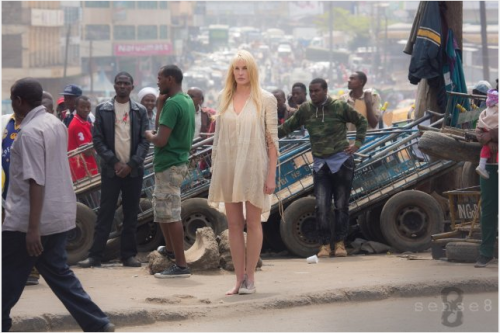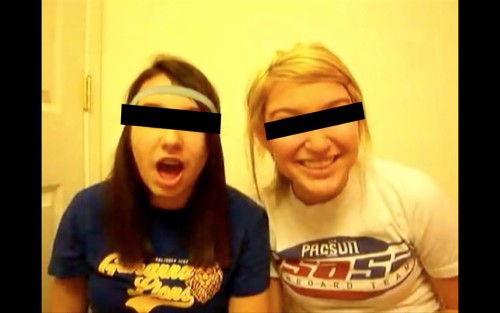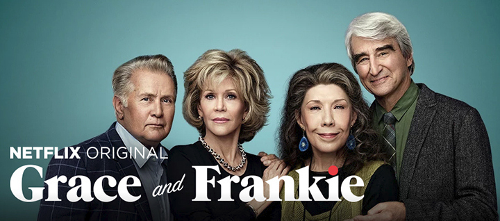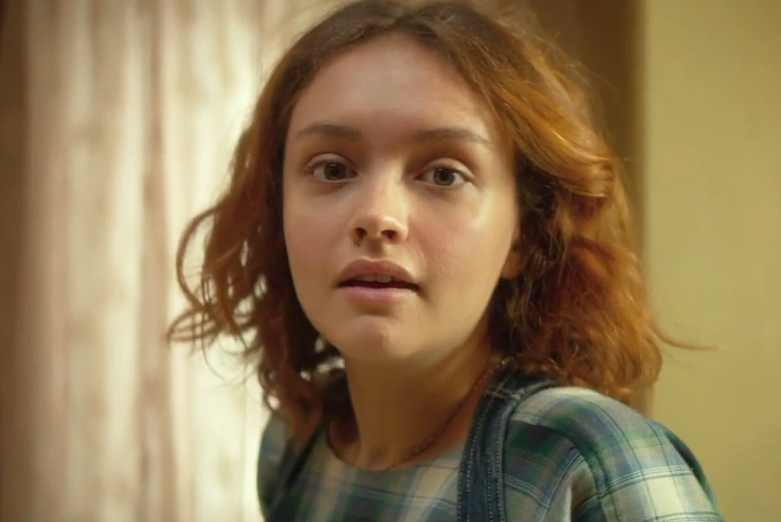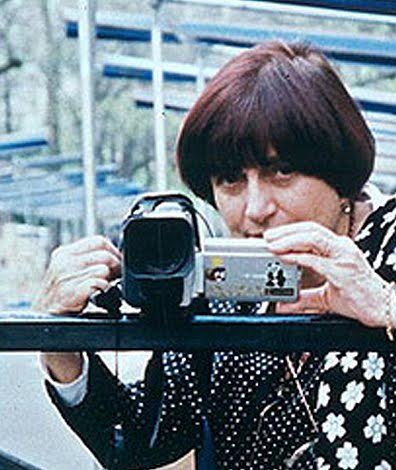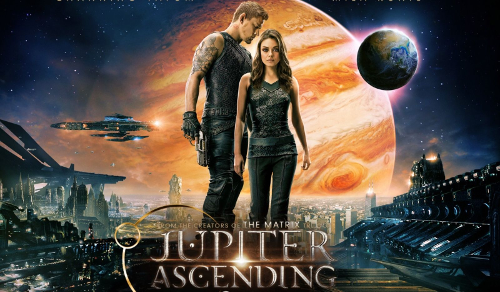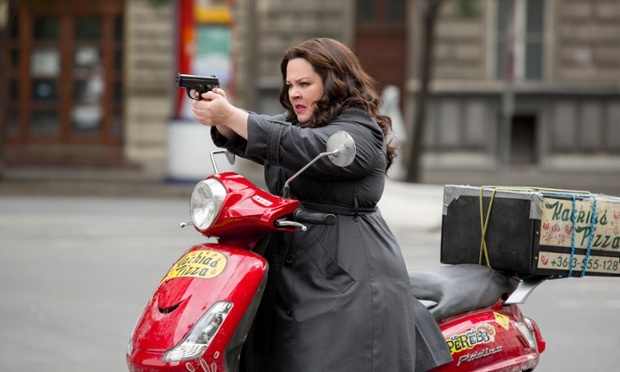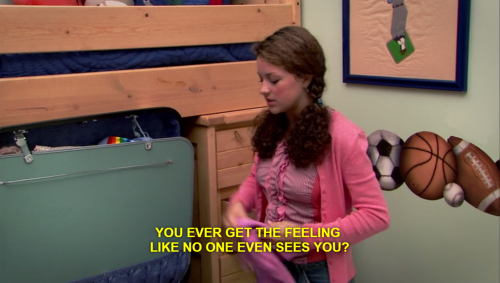
This is a guest post by Giselle Defares.
The paradoxical desire for global inclusivity that is created or controlled from an American perspective is characteristic for our modern pop culture. Harsh, maybe. We are in the 21st century after all, so it seems more than natural – albeit refreshing in our current cinematic climate of reboots – to explore an array of themes such as religion, gender identity and politics (LGBT) all served with a thin layer of sci-fi. The Wachowskis put their own spin on the mosaic narrative with Sense8. Robert Altman’s Short Cuts, Paul Thomas Anderson’s Magnolia and Alejandro Gonzaléz Iñárritu’s Babel paved the way. Sense8 aims to portray the brittleness of cultural barriers and the importance of global unity. Do the Wachowskis succeed?
Directors Lana and Andy Wachowski ventured from the start of their career into the field of “mindfuck” cinema. Their previous work on the Matrix trilogy, V for Vendetta, Speed Racer, and Ninja Assassin prepared them for their Magnum opus: the film version of the incomparable deemed novel of David Mitchell: Cloud Atlas – or was it the critically panned Jupiter Ascending?
The announcement of the series created a lot of buzz online but criticism rose against Lana Wachowski as a result of her previous comments when it came to the racial insensitivities in Cloud Atlas; and the fact that Wachowski was a keynote speaker at the Chicago Trans 100 – this annual event honors influential voices that are leading the transgender movement. In her speech she tried to focus on the “eradication of otherness,” but made several anti-Black comments, compared the current trans movement and its hardships to the American Civil Rights Movement, and appropriated Indigenous language. This is the same woman who brought us the premise of diversity with Sense8. Dilemma.

Sense8 has a challenging narrative structure. Eight different places, eight protagonists and eight stories that seemingly fit together as matryoshkas. The eight characters all influence each other in subtle ways and thereby change the course of events. In an interview with Buzzfeed director Joe Straczynski states,“ It’s a global story told on a planetary scale about human transcendence and what it ultimately means to be human in a contemporary society.” Right.
The plot centers around the idealistic Chicago cop Will (Brian J. Smith) who has father issues; Icelandic DJ Riley (Tuppence Middleton) who runs from her traumatic past; happy-go-lucky Kenyan bus driver Capheus who is obsessed with Jean Claude Van Damme (Aml Ameen); Korean business woman Sun (Bae Doona) who is a kick ass martial artist at night and deals with her inept brother and father; Mexican telenovela actor Lito (Miguel Angel Silvestre) who is closeted and afraid to come out, Indian scientist Kala (Tina Desai) who is stuck in a “love match” with a man she doesn’t love; German criminal Wolfgang (Max Riemelt) who struggles with his Slavic family; and San Franciscan blogger and ex-hacktivist Nomi (Jamie Clayton) who is a transwoman and is haunted by her family’s disproval. The series was shot in San Francisco, Chicago, Mexico City, London, Berlin, Iceland, Mumbai, Nairobi, and Seoul.
The eight strangers have one thing in common and that is that they’ve evolved into “sensates” and thus can share the thoughts, feelings, memories, skills, and experiences of other sensates. At the start of the series, the sensate Angelica (Daryl Hannah) and Jonas (Naveen Andrews) give “birth” to the group of adult sensates which ties them together into a “cluster”, which means that they can reach out to each other without being in physical contact first. The cluster is composed of eight sensates who are all born at the exact same time but are scattered all over the world. Conveniently enough they can use each other’s language, knowledge and skills. Well, no story is complete without the big bad wolf. The cluster is haunted by the Biologic Preservation Organization (BPO) under the leadership of Whispers (Terrence Mann).
The series has a very slow start. The Wachowskis take their sweet time to introduce all the characters. Will is the one who sets the story in motion when he finds out he can connect with other people – and has had a similar experience in his childhood. Jonas contacts Will and reassures him, “You’re not losing your mind, it’s just expanding.” Nomi often questions the ability of the sensates and her girlfriend’s mother quips, “ To be something more than what evolution would define as ‘yourself,’ you’d need something different from yourself.” Lovely pseudo-profound statement.

The Wachowskis made the creative choice to focus more on the day to day lives of the sensates and their relationships with their loved ones instead of fully embracing the sci-fi element. There should be a better balance between the sci-fi elements and the different relationships of the sensates. It truly distorts the flow of the series. The Wachowskis try to embrace the equality of different world culture and underline the universality of the human experience. It seems that they aimed for a similar vibe as seen in documentary films such as Baraka or Koyaanisqatsi.
However, they opt to include every cliché in the book when it comes to the non-western countries and the characters. Mexico City looks like it was copied out of a popular telenovela; Mumbai is multicolored, lots of jewelry, flowers, Hindu iconography and Kala busted out the classic Bollywood dance with her fiancé; Seoul is almost sterile with a grey-futuristic aesthetic and lots of mirrors and windows; Nairobi looks sweaty and lots of earth tones were used; and Reykjavik and London look like glossy tourist commercials and so on and so forth…
Naturally, Kala is a smart scientist who is stuck in a “love match” but knows that the arranged marriage will make her family very happy. Capheus is a poor yet happy bus driver who cares for his sick mother. Her illness? AIDS. He also has several battles with the local gangs. At first glance, Sun’s story seemed the most fleshed out. Only her arc reaffirms several stereotypes on East Asian culture, see the manifestation of sexism (“Oh, I wish my daughter was a son”) and she’s the ultimate fighter. Despite filming in Korea, the city is only used as a backdrop in the ultra-masculine business where Sun works or a seedy night club scene; Lito is the colorful, sensitive yet conservative homosexual telenovela actor who doesn’t want to bring his career in jeopardy by coming out. Honorable mention goes to Will as the idealistic white cop who tries to safe a black child’s life after he’s been shot and the Black nurse at the ER refuses to help at first and asks him if it will be worth it. Luckily this element of his arc was quickly dropped.
When it comes to (pop) cultural influences, they’re all American. Capheus is obsessed with Jean-Claude Van Damme. Wolfgang and his friend live by the philosophy of Conan the Barbarian and Riley inspires the cluster to a sing along with the 4 Non Blondes song “What’s Going On?” We are not introduced to the local (pop) culture of Mumbai, Mexico City, Seoul or Nairobi – besides the tired cliché of Kala’s Bollywood dance.
The creative decision to let all the characters speak English albeit with a hint of an accent here or there seemed unnecessary. In the other Netflix show, Daredevil, several characters spoke their native language and subtitles would suffice. On the other hand, there are small moments in the series where you know that the sensates speak to each other in their own language but because of their connection they understand each other, e.g. when Sun and Capheus meet and they understand each other, Sun asks him, “Do you speak Korean?” and Capheus says, “No.”
It has to be said, all eight storylines are mediocre when you look at them separately. Riley’s tragic loss is wonderfully acted but looks too familiar. Capheus’ narrative brings at times some lighthearted relief but it doesn’t add to the general arc. Lito, his boyfriend Hernando and beard Daniela have great chemistry- a Tumblr dream come to life. Yet, Lito’s narrative stands on his own until the last couple of episodes where’s he’s pulled into the fight of the sensates to rescue Riley. The only exception could be Nomi – played by the trans actress Jamie Clayton (!) – who plays an important part as a San Franciscan trans female character who fight society’s standards and the occasional TERF. Her arc is natural, layered and she has wonderful chemistry with her very supportive girlfriend Amanita.
Some of the performances fall flat and the swishy camerawork definitely doesn’t add to the quality. You can’t escape the cheesiness and terrible, terrible dialogue. Sure, Sun and Wolfgang are always used as the fighters when the others are in trouble; Will brings his critical thinking skills in times of duress; Capheus knows how to drive the get-a-away car; Lito will tell the perfect lie; Nomi can erase you from the internet; and Riley plays the white damsel in distress whilst being in a bland relationship with Will. All the sensates are seemingly good, kind and idealistic. Nevertheless, it still is a welcome change from the usual assholes that parade on our screens. Plus: Diversity (!).
Why should you watch Sense8? A) The genuine bond between all the sensates; B) The series really flows when the sensates finally work together to fight against Whispers and BPO and manage to control their skills; C) The Wachowskis do know how to aptly bring fight choreography to life on screen.
Sense8 is a clusterfuck of clichés, mediocre storylines and inept world building. Still, binge watch the series to enjoy the human journey of the eight sensates and maybe the Wachowskis and Netflix will take note and improve season 2 – they’ve mapped out five seasons. Sense8 will prosper on Netflix.
[youtube_sc url=”https://www.youtube.com/watch?v=iKpKAlbJ7BQ”]
Giselle Defares comments on film, fashion (law) and American pop culture. See her blog here.
